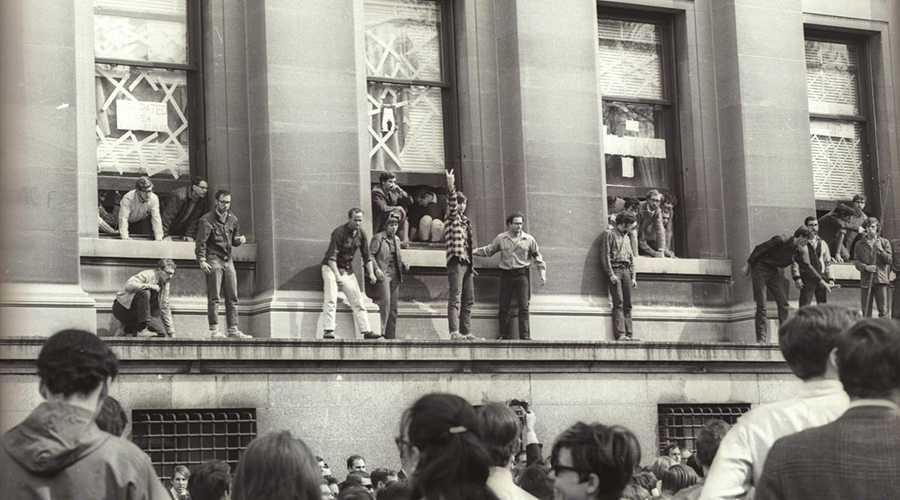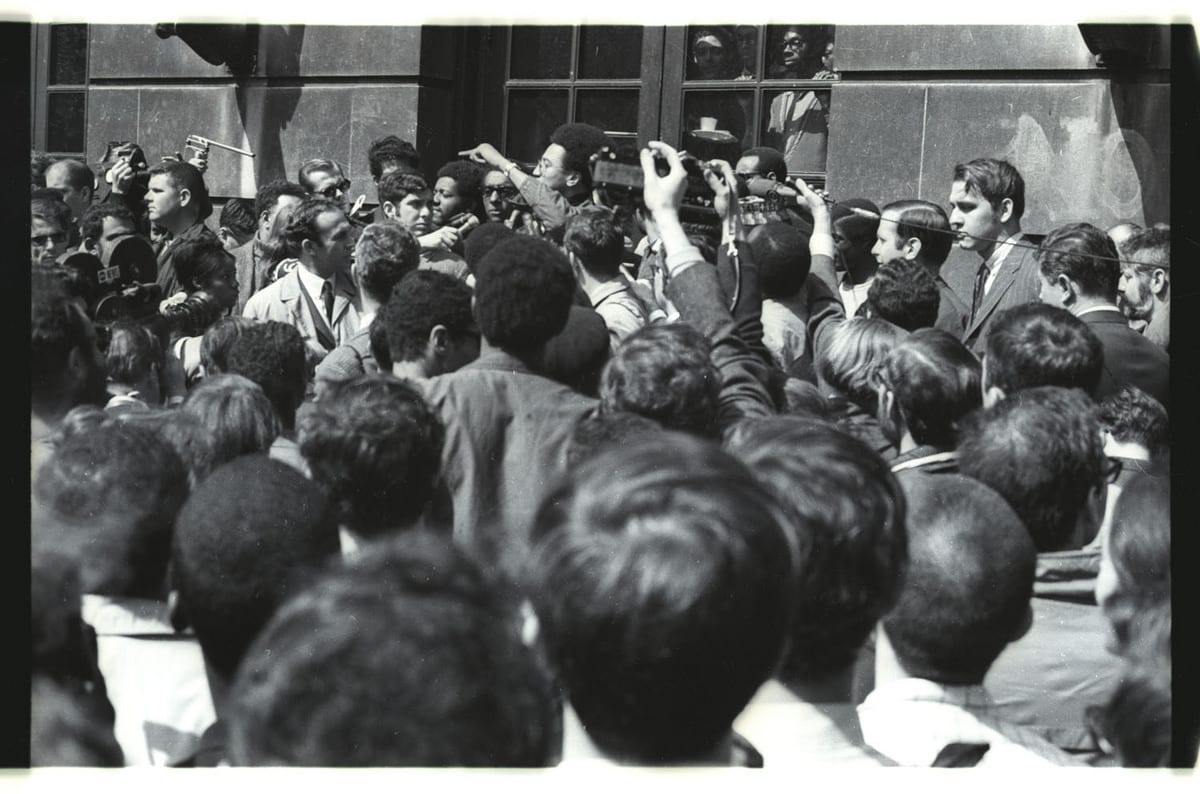
School Of General Studies Columbia University
The 1968 Columbia University Protests: A Landmark in Student Activism and Racial Divide
The Catalyst: The "Big Steal" Flyer
In the spring of 1968, Columbia University campus was abuzz with student unrest. The catalyst was a typewritten flyer that circulated throughout the campus, denouncing the university's plans to build a gymnasium in Morningside Park and accusing the administration of "stealing" the park from the community.
The Takeover of Hamilton Hall
On April 23, 1968, a group of students, led by Students for a Democratic Society (SDS), occupied Hamilton Hall, the university's main administration building. They demanded that the gym construction be halted and that the university divest from companies that supported the Vietnam War.
Racial Divisions Emerge
An alarming aspect of the protests was the racial divide that emerged among the activists. The Students Afro-American Society (SAS) and other black student organizations initially supported the takeover but later withdrew their support, citing concerns about student power as opposed to black liberation.
Police Intervention and Arrests
On April 30, the New York City Police Department intervened, forcibly removing the protesters from Hamilton Hall. Hundreds of students were arrested, with many facing assault charges.
Legacy and Impact
The 1968 Columbia University protests had a profound impact on student activism and racial relations in the United States. They sparked a national debate about the role of universities in society and the limits of student protest.
Today, the legacy of the 1968 events remains a subject of discussion and debate. They continue to serve as a reminder of the tensions between academic freedom, activism, and racial divides that persist in higher education.
Conclusion
The 1968 Columbia University protests were a watershed moment in the history of student activism and racial relations in the United States. The events exemplified the challenges and triumphs of a generation that sought to challenge the status quo and fight for social justice. Their legacy continues to inspire and provoke discussions about the role of universities, the power of protest, and the enduring struggle for racial equality.

Comments